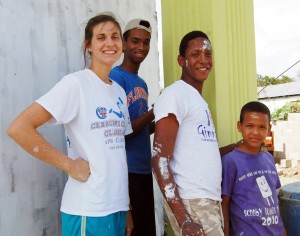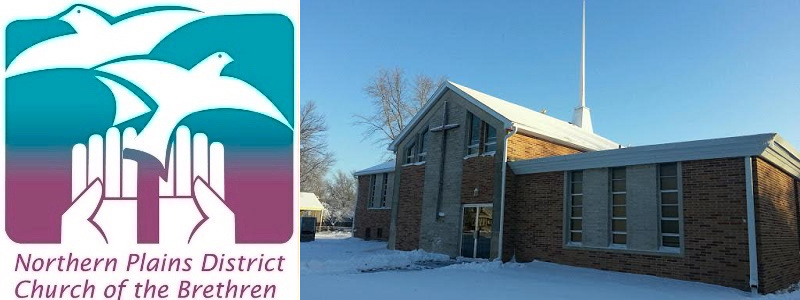Holiness in our Midst: Session 42
SESSION XLII: ON HYMNS
Confession: I am a hummer. I can’t help it. While driving my car along Iowa’s country roads, caring for persons with disabilities at work or walking along local streets, humming is an unconscious habit. To take note of the current playlist on my hummer is to gauge the barometer of my well-being. Especially hymns. The hymn demanding the most air time and the one that has brought me the most comfort in recent months is Be Still, My Soul. Written by Kathrina von Schlegel and translated by Jane L. Borthwick, this hymn has brought peace to me during work upheavals, family deaths, and national political mayhem. (Did I mention that my rent was just raised?)
The first verse reminds me: Leave to thy God to order and provide/In every change, He faithful will remain.
Other lines that still my fears: Be still, my soul: the waves and winds still know/His voice Who ruled them while He dwelt below.
Be still my soul: thy Jesus can repay/From his own fullness all He takes away.
Be, still my soul: when change and tears are past/All safe and blessed we shall meet at last.
Be still, my soul: the Sun of life divine/Through passing clouds shall but more brightly shine.
Is there a hymn that that has brought comfort, hope or healing to you lately?
STORY CIRCLE PROMPT: What hymn speaks to you today and why?
FOR PERSONAL/JOURNAL REFLECTION:
- Read the above reflection.
- Consider journal entries on the following topics: What was my favorite hymn as a child and why? What hymn do I hum most often today and why?
- I remember a studious young pastoral intern at Fourth Presbyterian Church in downtown Chicago who encouraged us in the powerful experience of praying hymns as prayers. Is there a hymn that falls into that category for you? Reflect on your choice in a journal entry.
FOR GROUP STUDY:
- Read aloud Session XLII.
- Ask each person to answer the Story Circle Prompt.
Note: Holiness in Our Midst: Sharing Our Stories to Encourage and Heal is a monthly on-line feature created by Janis Pyle to facilitate sharing of our personal experiences, thoughts, beliefs, and spiritual practices with one another, especially through stories. Barriers are broken down when we begin to see all persons, even those with whom we disagree ideologically, as sacred and constantly attended to by a loving Creator. Each column is accompanied by a “story circle” prompt and study guides for personal and group reflection. To share your stories, contact Hannah Button-Harrison at communications@nplains.org. Janis Pyle can be reached at janispyle@yahoo.com.





